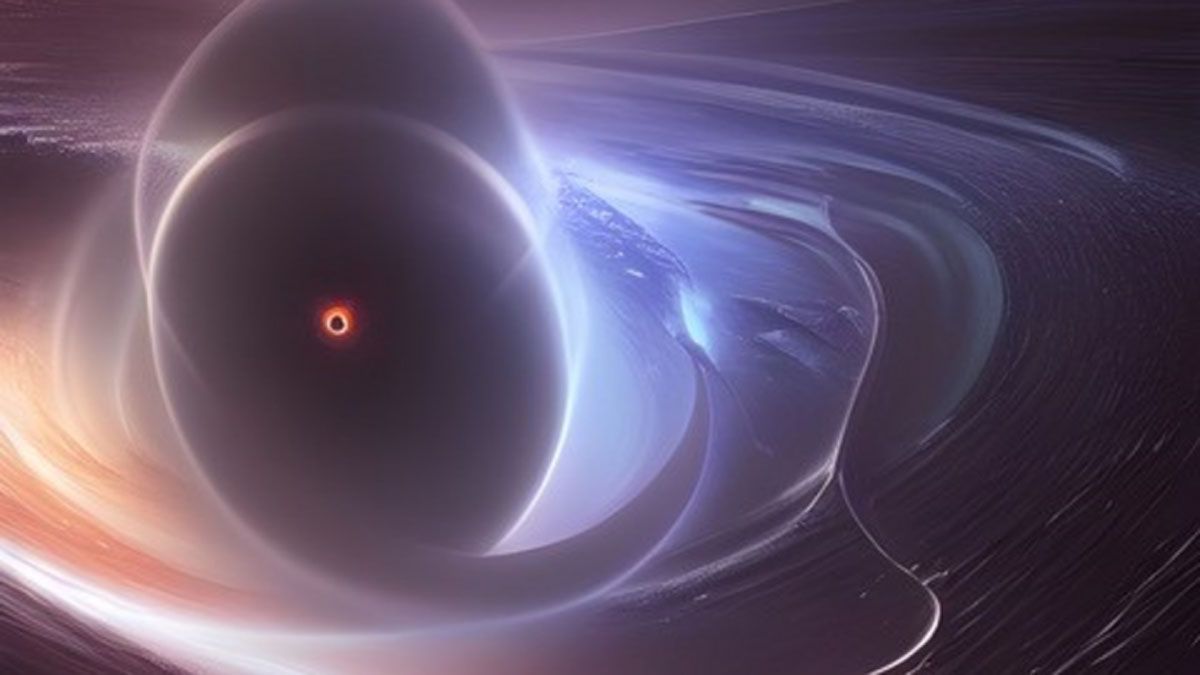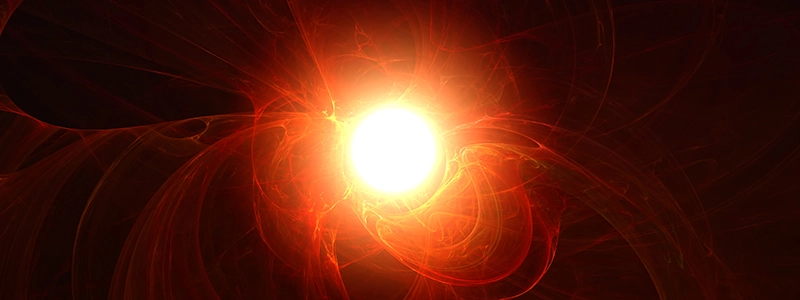Black Holes Could Potentially Be Used by Aliens as Quantum Computers, Suggest Physicists

The Fermi Paradox is a long-standing question in astronomy and cosmology that centers around the potential prevalence of life in the universe and the lack of evidence for it. Despite indications that life may be common in the universe, astronomers have not found evidence of it everywhere, leading to this perplexing question.
The Hart-Tipler Conjecture is one of many proposed solutions to the Fermi Paradox, which questions why we have not seen evidence of advanced life in the universe despite its likely existence. While some theories suggest we would see massive structures and activity from advanced civilizations, others propose that they would operate on smaller scales or in less noticeable locales. A new study proposes that advanced extraterrestrial civilizations may be using black holes as quantum computers, which would explain why their activity may be difficult to detect.

Tiny black holes could be used as the ultimate quantum computers, and we could be searching for their signatures. (visual7/GettyImages)
The study was carried out by Gia Dvali, a theoretical physicist who holds the physics chair at Ludwig-Maximilians-University in Munich and is affiliated with the Max Planck Institute for Physics, and Zaza Osmanov, a professor of physics at the Free University of Tbilisi, who works as a researcher at the Kharadze Georgian National Astrophysical Observatory and the SETI Institute.
The paper that describes their findings recently appeared online and is being reviewed for publication in the International Journal of Astrobiology.
In 1960, the initial SETI survey, Project Ozma, was led by renowned astrophysicist Dr. Frank Drake, the originator of the Drake Equation. The survey’s aim was to detect radio transmissions from the neighboring star systems of Tau Ceti and Epsilon Eridani, using the 26-meter (85-foot) radio telescope at the Green Bank Observatory.
SETI projects have primarily concentrated on finding radio technosignatures due to their ability to travel through interstellar space, although other possible channels for detecting technosignatures have been suggested. According to theoretical physicist Gia Dvali and physics professor Zaza Osmanov, the search for potential technosignatures should not be limited to radio waves but should also include the infrared or optical emissions from megastructures, which could be built around pulsars, white dwarfs, and black holes. Moreover, the anomalous spectral variability of these technosignatures could distinguish them from normal astrophysical objects.
These include directed energy (lasers), neutrino emissions, quantum communications, and gravitational waves, many of which are spelled out in the NASA Technosignature Report (released in 2018) and at the TechnoClimes 2020 workshop.
Dvali and Osmanov propose a new search method for their study: looking for signs of large-scale quantum computing. The advantages of quantum computing, such as exponential information processing and immunity to decryption, are well-established. With the current pace of progress in quantum computing, it is reasonable to assume that an advanced civilization could use this technology on a much larger scale. According to Dvali and Osmanov:
“No matter how advanced is a civilization or how different is their particle composition and chemistry from ours, we are unified by laws of quantum physics and gravity. These laws tell us that the most efficient storers of quantum information are black holes.
“Although our recent studies show that theoretically, there may exist devices created by non-gravitational interactions that also saturate the capacity of information storage (so-called “saturons”), the black holes are the clear champions. Correspondingly, any sufficiently advanced ETI is expected to use them for information storage and processing.”
The concept proposed by Dvali and Osmanov is based on Nobel laureate Roger Penrose’s work, which suggests that a black hole’s ergosphere – the space surrounding the event horizon where matter is accelerated and emits large amounts of radiation – could be the key to unlocking limitless energy. This idea has led some researchers to speculate that advanced extraterrestrial civilizations could use supermassive black holes as an energy source by feeding matter into them or tapping into the energy they already emit.
The idea presented builds upon Nobel laureate Roger Penrose’s work, which proposed that black holes could provide limitless energy by accessing the ergosphere located just beyond the event horizon. A group of researchers suggest that advanced extraterrestrial intelligence (ETI) could utilize this energy source by feeding matter onto supermassive black holes (SMBH) and harnessing the resulting radiation or by capturing the heat and energy generated by their accretion disks or hypervelocity jets through methods such as the Penrose Process or a Dyson Sphere.
The authors of a later paper, Dvali and Osamov, propose that black holes could serve as the ultimate source of computation for ETIs. Using quantum mechanics, they explain how micro-sized artificial black holes would make the most efficient capacitors for quantum information, as they are more energetic than naturally occurring ones. These black holes would radiate a broad spectrum of subatomic particles that are detectable by modern instruments, including high-energy neutrinos.

The Transcension Hypothesis, proposed by John D. Barrow in 1998, suggests that civilizations should be characterized not by their physical mastery of outer space but by their mastery of inner space. This hypothesis is central to the Barrow Scale, a revised version of the Kardashev Scale. The proposed resolution to Fermi’s Paradox suggests that ETIs would have “transcended” beyond anything we would recognize, which could explain the Great Silence we observe in the cosmos. However, this theory offers another possible resolution to the Paradox by suggesting that we may have been looking for the wrong technosignatures, and we need only find one indication of advanced life to resolve it.





